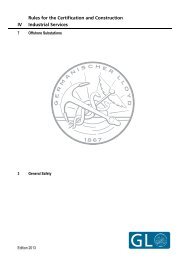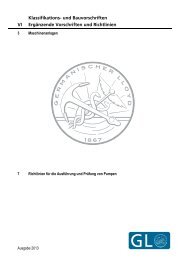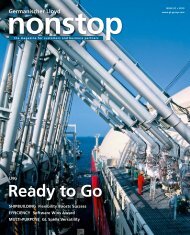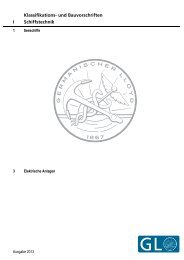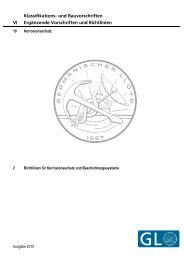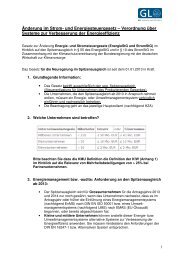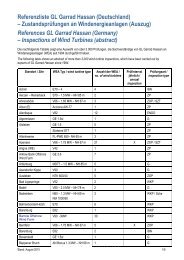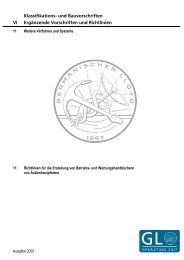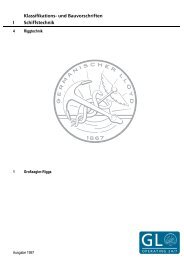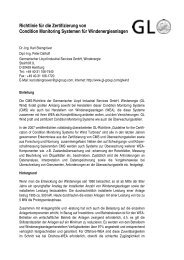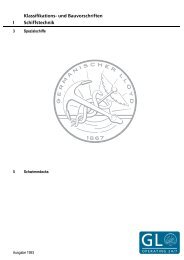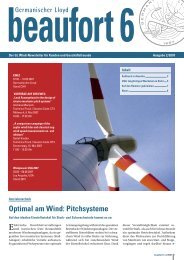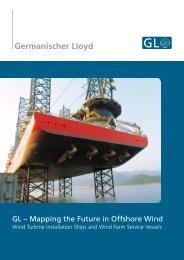energize oil & gas – issue 01-2013 - GL Group
energize oil & gas – issue 01-2013 - GL Group
energize oil & gas – issue 01-2013 - GL Group
You also want an ePaper? Increase the reach of your titles
YUMPU automatically turns print PDFs into web optimized ePapers that Google loves.
integrity composite repairs<br />
Survival Test<br />
for Pipe Bend Patches<br />
Composite repairs on straight pipe have been validated by pipe manufacturers in full-scale<br />
tests. Additional work is required to qualify the use of this technique on components such as<br />
bends. New tests and analyses help operators develop confidence in the technique<br />
The lead time to manufacture and install current<br />
methods of repairs, such as epoxy sleeves,<br />
to pipeline configurations such as bends and<br />
tees is significant. During this time the pipeline will be operating<br />
at reduced flow and this may have severe financial and<br />
contractual implications. In particular, concerns have been<br />
raised as to the suitability of some of the currently approved<br />
repair techniques for some emergency situations due to this<br />
time delay. Composite repairs may be the answer.<br />
Composite repair systems (e.g. preformed composite<br />
sleeves and wet-wrap composite repairs) are currently unapproved<br />
for use by UK operators although they have been<br />
used offshore by some pipeline operators for a number<br />
of years. Additional validation work is required for nonstraight<br />
abstract<br />
Composite temporary<br />
repair systems allow pipeline<br />
operation to continue for up<br />
to two years<br />
pipe com-<br />
ponents in order to<br />
ensure compliance<br />
with the standards<br />
FEA analyses indicate that even ASME PCC-2[1]<br />
repaired pipe bends will survive<br />
and DD-CEN-ISO/<br />
all required stress tests<br />
TS 24817:2<strong>01</strong>1[2].<br />
However there is no evidence available to demonstrate this<br />
has been performed.<br />
This project was proposed to select, test and approve<br />
a composite repair system that could be used on pipeline<br />
bends where existing repair methods are judged to be unsuitable.<br />
The current intention of the operator is that the<br />
composite repairs are to be installed for periods of up to<br />
two years before a permanent repair is performed.<br />
Two proprietary wet-lay-up composite repair systems<br />
were selected for the full-scale test programme. This type<br />
of repair system involves using a liquid resin such as epoxy<br />
to encapsulate the fibres or cloth. The result should be a<br />
uniform, imperfection-free repair built up of layers of fabric<br />
in a matrix of resin[3].<br />
Concerns to address were:<br />
Qualify the method as a temporary repair on bends to<br />
industry standards<br />
Determine the validity of the method for all diameters<br />
or D/T ratios (previous tests were completed only on a<br />
single size)<br />
36 energıze



